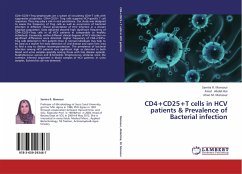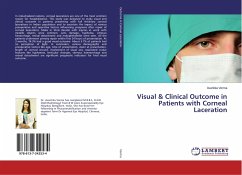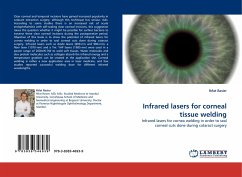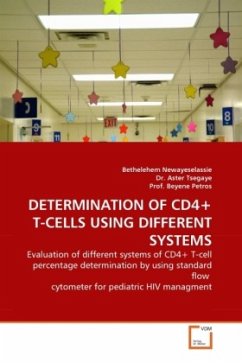Corneal transplantation is the oldest and most common form of solid organ transplantation. In uncomplicated first-time cases, corneal allografts enjoy a success rate of up to 90% even though the transplants are performed without HLA matching or the use of systemic immunosuppressive drugs. Yet, every year in the United States, nearly 8000 patients reject their transplanted corneas at a cost of a quarter of a billion dollars. In order to better understand the immune mechanisms underlying graft failure, my research examined the role of CD4+ Thelper lymphocytes in the process, notably the recently described Thelper 17 subset. Surprisingly, blockade of the effector CD4+ Thelper subsets, by depletion of their inflammatory cytokines, exacerbated corneal allograft rejection in a murine model of keratoplasty. Our investigations uncover novel protective roles for the cytokines IL-17A and IFN- , and describe how their interaction with T regulatory cells is required for anterior chamber associated immune deviation and corneal immune privilege.








